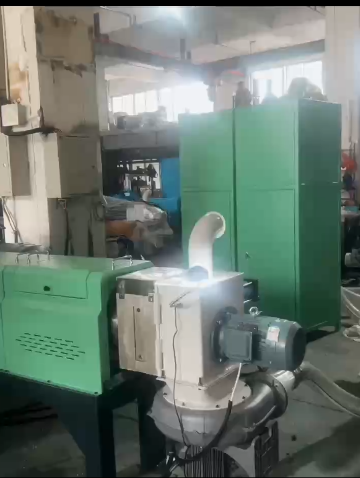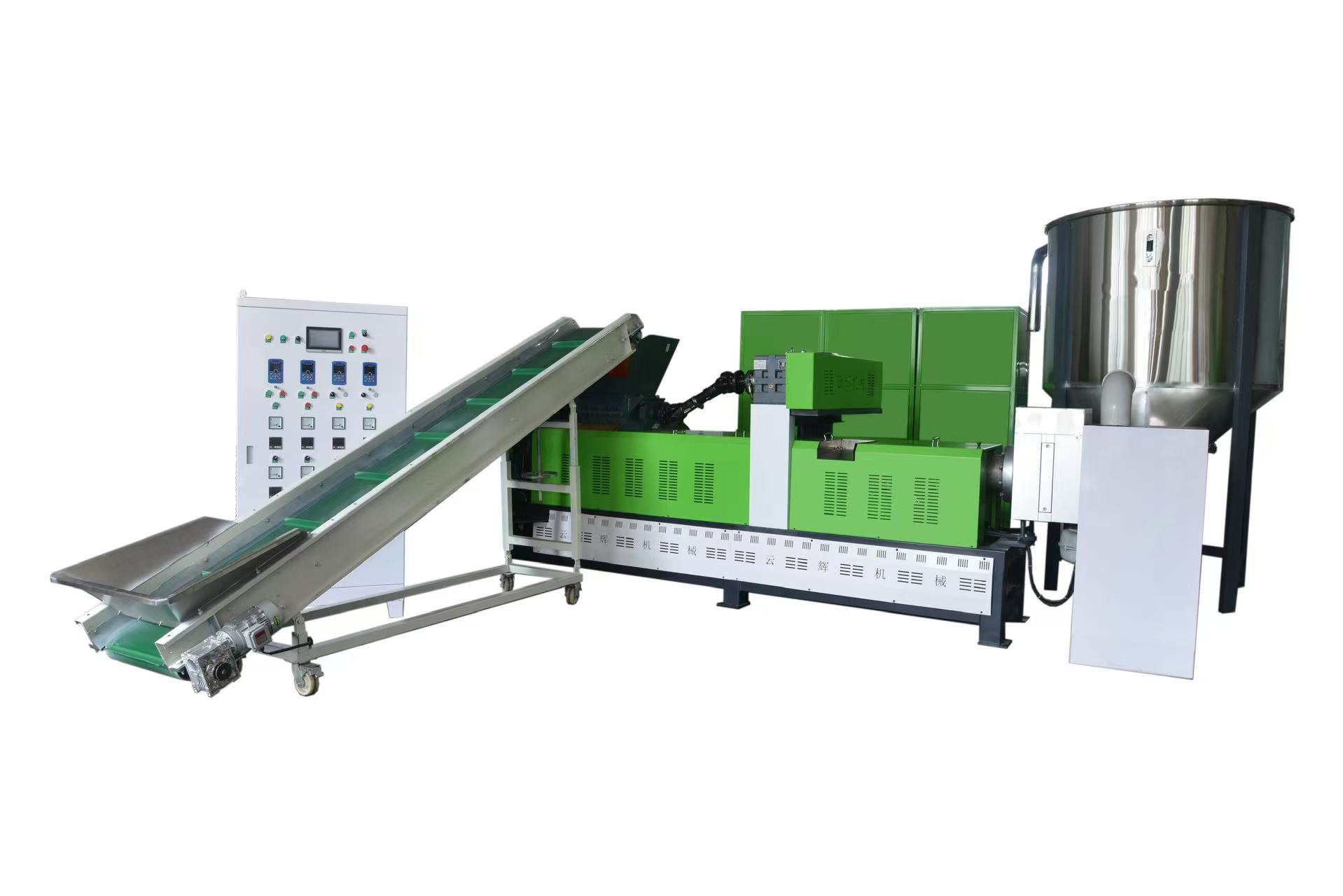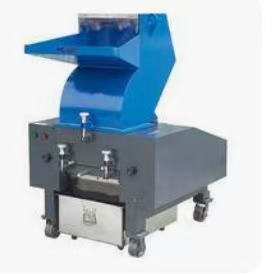In today’s plastic industry, how to turn waste plastics into valuable resources is a key concern for every plastic processor. With the rise of energy conservation, environmental awareness, and growing market demand, a device called the Plastic Low-Temperature Air-Cooled Recycling Pelletizing Machine has gradually entered the spotlight. As its name suggests, this equipment is designed specifically to recycle waste plastics and re-pelletize them using low-temperature and air-cooling technologies.
Below, we’ll take you through its principle, features, advantages, and applications—helping you “understand in one second” what this machine is all about.
1. What is a Plastic Low-Temperature Air-Cooled Recycling Pelletizing Machine?
The plastic low-temperature air-cooled recycling pelletizing machine is a type of equipment that takes waste plastics—such as edge trims, scraps, or defective plastic products—and processes them through crushing, melting, filtering, cooling, and pelletizing steps to produce new plastic pellets.
Unlike traditional water-cooled pelletizing machines, it adopts low-temperature melting and air-cooling technology, which eliminates the need for large amounts of water. The production process is cleaner, more efficient, and environmentally friendly.
👉 Simply put: It’s a machine that “eats” waste plastics and “spits out” new plastic pellets—an energy-saving and eco-friendly solution.
2. The Secrets of Low Temperature and Air Cooling
Low-Temperature Processing – Reduces Plastic Damage
Traditional high-temperature pelletizing often breaks polymer chains, causing yellowing and degrading the plastic’s performance. By contrast, the low-temperature pelletizing machine uses a precise temperature control system to melt and plasticize materials at lower temperatures. This ensures proper shaping while preserving the physical properties of the plastic, resulting in pellets with excellent transparency and toughness.
Air-Cooling – Eco-Friendly and Water-Saving
Unlike water-cooled systems that consume large amounts of circulating water and leave pellets wet (requiring secondary drying), the air-cooling system rapidly solidifies pellets with strong airflow. This not only saves water and electricity but also produces dry, clean pellets that are ready for use immediately.
3. Main Components of the Equipment
A typical plastic low-temperature air-cooled recycling pelletizing machine consists of the following parts:
-
Feeding System: Automatically conveys crushed waste plastics into the main extruder, reducing manual labor.
-
Main Extruder & Screw: The core component responsible for heating, melting, and extruding plastics.
-
Filtration System: Removes impurities to ensure high-quality pellets.
-
Die Head & Pelletizer: Controls pellet size and cuts them into uniform shapes.
-
Air-Cooling System: Uses cold air to quickly cool and solidify pellets.
-
Collection Unit: Gathers and packages finished pellets.
Thanks to its high automation level, the machine requires only one operator, greatly saving on labor costs.
4. Advantages of the Plastic Low-Temperature Air-Cooled Recycling Pelletizing Machine
-
Energy-Saving & Eco-Friendly: Lower processing temperatures reduce energy consumption, and air cooling conserves water.
-
High Pellet Quality: Pellets are full, glossy, and suitable for high-standard production.
-
Wide Material Compatibility: Can process PE, PP, ABS, PS, PA, and many other plastics.
-
Easy to Operate: Fully automated system—simple for workers to handle.
-
Compact Design: Takes up less space, ideal for small and medium-sized factories.
-
Cost Reduction: Turns waste plastics directly into usable pellets, significantly cutting raw material costs.
5. Application Scenarios
-
Plastic Product Manufacturers: Recycle edge trims, rejects, and scraps for immediate reuse.
-
Packaging Industry: Convert waste plastic films, woven bags, and packaging scraps into pellets for secondary use.
-
Injection Molding Factories: Recycle gate materials and runners for circular production.
-
Recycled Material Trading: Process plastics into pellets for resale, increasing value.
This machine is not only a cost-saving tool for enterprises but also a practical solution for sustainable manufacturing.
6. Why “Understand in One Second”?
Because once you see how it works, its efficiency is crystal clear:
-
Waste plastics go in,
-
The screw extrudes,
-
The die cuts,
-
The air cools,
-
And clean, full pellets flow out continuously.
This “waste-to-raw-material” transformation vividly shows the machine’s true value in action.
7. Conclusion
The plastic low-temperature air-cooled recycling pelletizing machine is more than just a piece of equipment—it represents the future of green development in the plastic industry. Combining environmental protection, energy efficiency, and productivity, it brings new life to waste plastics, creating value for enterprises and reducing pollution for society.
In today’s era of circular economy, its presence makes plastic recycling no longer a burden, but a new opportunity for profit and sustainability.
👉 With a plastic low-temperature air-cooled recycling pelletizing machine, waste is no longer waste—it’s an endless new resource.






